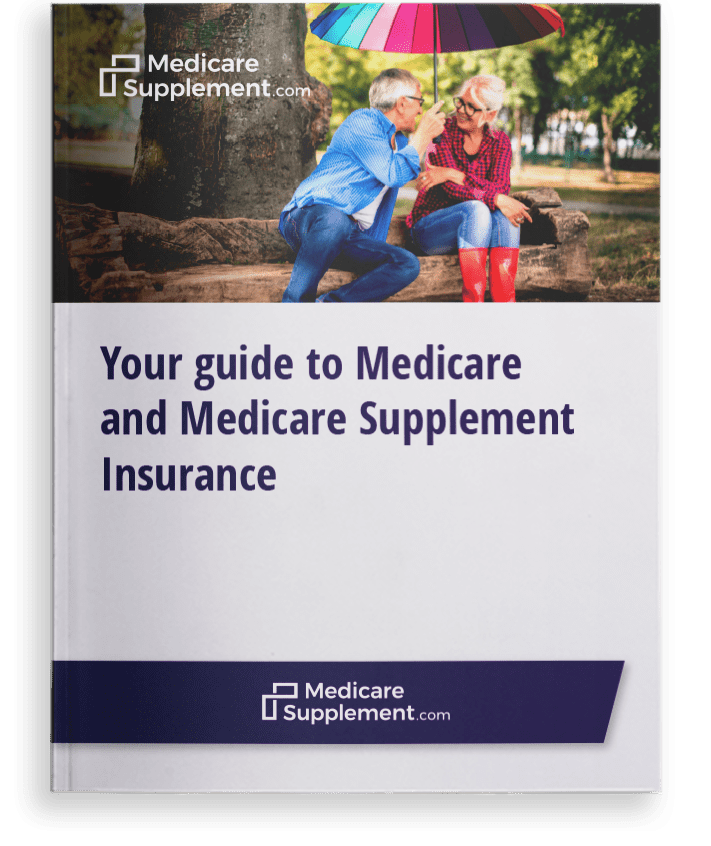Comparing plans
What Are PACE Programs?
Learn how PACE programs provide a team of health care professionals and a local care service location to help older adults remain in the comfort of their own home instead of moving into a nursing home or other long-term care facility.
PACE programs provide long-term care for people who wish to age in place at home instead of in a nursing home. PACE stands for Programs of All-inclusive Care for the Elderly.
PACE is a Medicare and Medicaid program.
What Is the Main Goal of the PACE Program?
PACE programs are designed to let older adults remain in the comfort of their own home instead of moving into a nursing home or other long-term care facility.
PACE allows members to enjoy some more independence and remain more socially engaged with their communities. Many older adults cannot afford to live in a nursing home, so PACE provides a more suitable option for many budgets.
More than nine out of 10 seniors prefer to age in place at home instead of in a nursing home.1

Get a Free Medicare Guide!
Enter your email address and get a free guide to Medicare and Medicare Supplement Insurance, as well as important Medicare news and tips. We promise to never send you spam – just helpful content!
By clicking "Get your guide" you are agreeing to receive emails from MedicareSupplement.com.
What Does a PACE Program Cover?
PACE programs are made up of two components.
The first is a team of health care professionals that provide care to the program member both in and out of the home.
Common types of health care providers that are found in PACE programs include:
- Primary care physician
- Registered nurse
- Master’s level social worker
- Physical therapist
- Occupational therapist
- Dietician
- Recreational therapist or activity coordinator
- PACE center manager
- Home care coordinator
- Personal care attendant
- Transportation driver
The second component of a PACE program is a physical building that serves as a homebase of sorts for program members.
The PACE building will typically include facilities for primary care, adult day care, therapeutic recreation, restorative therapies and areas for socializing, dining and personal care.
PACE members generally have to receive care from one of the participating PACE providers in order to receive coverage. PACE program memberships are typically kept relatively small so that the health care team can get to know each patient and coordinate care within the program’s network.
PACE programs are required to have a governing body with community representation, safeguards against conflict of interest and a formal Participant Bill of Rights. All PACE programs are approved by the Centers for Medicare and Medicaid Services (CMS) and are monitored by state and federal regulating agencies.
Which States Have PACE Programs?
There are 32 states with PACE programs and 148 different PACE programs in all. Some states use the term “LIFE,” or Living Independence For the Elderly, for their programs.
You can use the National Pace Association program locator tool to find a PACE (or LIFE) program near you.
What Are the Eligibility Requirements for PACE?
PACE is a Medicare and Medicaid program, although you do not have to be enrolled in either program to be eligible for PACE.
You will have to be at least 55 years old, require a nursing home-level of care as certified by your state, live in an area serviced by a PACE program and be able to live safely at home with the help of the program.
Visit NPAonling.org to learn more details about PACE eligibility.
What Is Covered By a PACE Program?
The benefits found in a PACE program are typically identical to those found in Medicare and many state Medicaid programs. That often includes:
- Adult day primary care
- Dentistry
- Emergency services
- Home care
- Hospital care
- Laboratory and x-ray services
- Meals
- Medical specialty services
- Nursing home care
- Nutritional counseling
- Occupational therapy
- Physical therapy
- Prescription drugs
- Preventive care
- Social services such as caregiver training, support groups and respite care
- Social work counseling
- Transportation to the PACE center for medically necessary appointments and activities.
Care that is not covered by Medicare or Medicaid may still be covered by a PACE program if the health care team determines it to be necessary.
How Much Does a PACE Membership Cost?
There is no monthly premium for a PACE membership if you have Medicaid. If you do not have Medicaid, you will likely pay a monthly premium which will vary based on a variety of factors.
There are no deductibles or copayments required in PACE programs.
PACE provides some prescription drug coverage and often include a Medicare Part D plan for additional coverage with a separate premium.
How Do You Enroll in PACE?
Start by locating a PACE program near you with the help of the National PACE Association or Medicare.gov. Once you do, use the contact information provided to contact the program directly for enrollment guidance.
If you have Original Medicare (Part A and Part B) and want help paying for your out-of-pocket Medicare deductibles, copays and other costs, you may be able to consider applying for a Medicare Supplement Insurance (also called Medigap) plan. Learn more by speaking with a licensed insurance agent.
Compare Medigap plans in your area.
Find a planOr call now to speak with a licensed insurance agent:
1 Rural Health Information Hub. (June 4, 2019). Overview of Aging in Place. https://www.ruralhealthinfo.org/toolkits/aging/1/overview.

Get a Free Medicare Guide!
Enter your email address and get a free guide to Medicare and Medicare Supplement Insurance, as well as important Medicare news and tips. We promise to never send you spam – just helpful content!
By clicking "Get your guide" you are agreeing to receive emails from MedicareSupplement.com.

